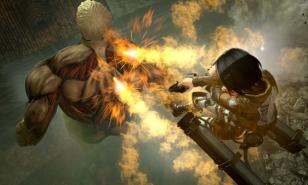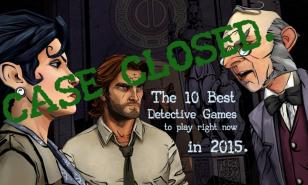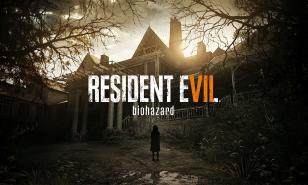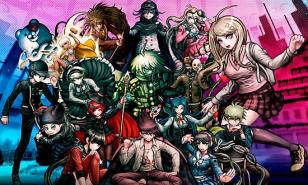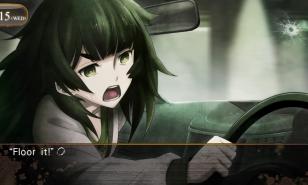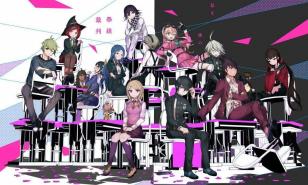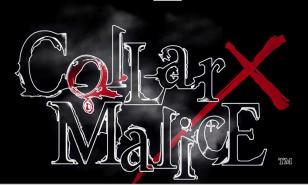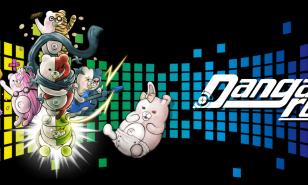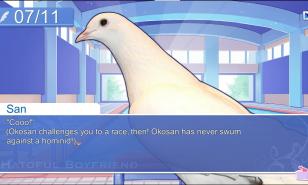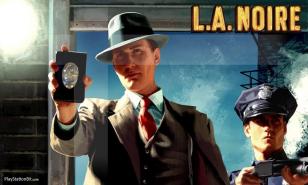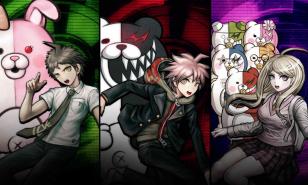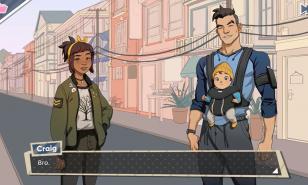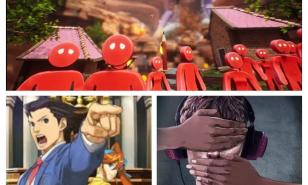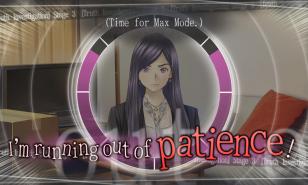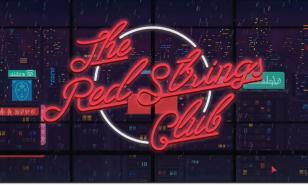Is Danganronpa V3: Killing Harmony Good?
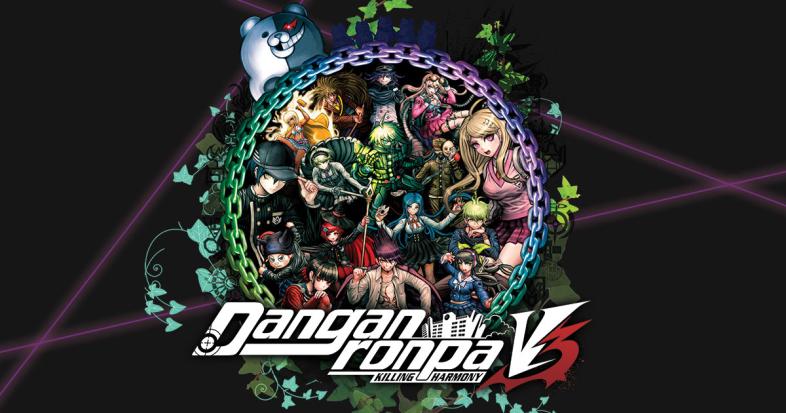
When Danganronpa V3: Killing Harmony was released in 2017, its popularity boomed. Everyone and their mother was rushing to play the game, from kids to adults alike. With the Danganronpa series becoming a huge trend within the past year, gamers have been left with a burning question: is Danganronpa V3 really a good game, or is everyone just jumping on the bandwagon?
This article explores areas of the game and how well they’re executed, to form an overall idea on how good Danganronpa V3: Killing Harmony actually is.
1. Story

The In-Game Casino
The story of Danganronpa V3 is a fairly complicated and extensive one, being a visual novel type game. The gist of it is: a group of highschoolers, who’ve had their memories altered, are trapped in a school they seemingly attend. They then have to participate in a killing game in order to escape.
Although this seems straightforward, there are many plot twists that take place. With every murder, the player must take on the role of a detective to help solve the case, or else everyone but the murderer dies. In addition, we see the relationships between the students unfold, with many bittersweet, sad, and downright disturbing moments, keeping the player effectively enthralled.
Some moments are seen as controversial, which is why the game is rated 12+ and not a family game. However, the game continues to use the iconic magenta blood seen with previous Danganronpa games, acting as a suitable barrier for potentially young audiences.
2. Characters

All Danganronpa V3 Students
The game consists of 16 students, 2 of which are playable, and Monokuma, who is a staple character in all of the Danganronpa games. Danganronpa V3, however, has a medley of robotic characters that aren’t seen in the other games. These include the Monocubs, Motherkuma and others.
Each of the characters have very specific personalities and creative designs, which make them easily identifiable. Upon playing the game, we can see that the students have their own backstories and motives which may lead them to murder. As the game progresses, the player discovers more about each person through chatting with them, witnessing their emotional outbursts, or digging up some of their past.
All in all, most characters are very well-written, leaving the player forming several attachments to them. Some have very realistic trauma and others are downright evil, and some are complete mysteries. Therefore, when a student dies, the player can’t help but mourn with everyone else, making the game engage with the player on a personal level.
3. Types of ending

The Danganronpa V3 Students in Their Original Uniform
In Danganronpa V3: Killing Harmony, there is the main story ending, and the endings of the separate playable modes. These are set in two seemingly separate universes. If you haven’t figured it out by now, in the main story, some characters die. However, in the other sequences, these characters live and end up graduating from Hope's Peak, the high school that they’re trapped in.
When playing the main story’s action sectors, you have a set number of health points. If these points end up depleting, there is a game over screen shown for multiple sections. This is seen in the trial and the Death Road of Despair, among others. However, there is a safety net in place that allows you to replay the section of the trial you failed in at an unlimited amount of times.
A ‘Bad End’ screen is also seen near the end of the game, tricking players into thinking the game has been completed. Don’t be fooled, however, as this screen serves as a turning point for the game, kickstarting its dramatic ending sequence. To bypass this, one just needs to continue clicking through until a pop-up box reads ‘Remedy this situation?’ The player just needs to press the ‘Yes’ option underneath to go into the final stages of the game.
These endings are useful in allowing a fun experience in playing the game, knowing that the player has many chances to get things right. This highlights the difficulty of the game, making it a formidable challenge for those who dares to purchase it. The different endings of the main story and playable modes do cause for a confusing loop in the plot, however, which is something to note when mapping timeframes.
4. Graphics

An Exisal
During gameplay, Danganronpa V3 has a surrealistic approach to the background. Perfectly rendered architecture can be seen all across the game. This contrasts the unrealistic design of the characters, and during candid moments scattered around while playing.
Interestingly, the designer of the characters and the illustrator of these candid shots is Rui Komatsuzaki. Before being hired as the illustrator, Rui was a graduate of sculpture. He was chosen because the creator of Danganronpa V3 didn’t want his game to have the typical anime-style characters seen in many other games.
The resolution during gameplay is incredible and hard to fault. However, some anatomical errors are seen with characters that are drawn from confusing angles. Nevertheless, this gives the game the Uncanny Valley phenomenon, making the characters seem human, but not quite, adding to the mystery of the game.
5. Minigames

The Dangan Salmon Team Minigame
There are a large variety of minigames and modes in Danganronpa V3. Within class trials, the major minigames are: Panic Debate, Debate Scrum, Lying/Perjury, Psyche Taxi, Hangman’s Gambit 3.0, Argument Armament and Mind Mine.
Aside from trial minigames, there are many others, some of them include the aforementioned Death Rode of Despair, the Monomono Machine, the Casino’s minigames and even the Hotel Kumasutra’s gameplay.
In terms of modes that exist outside of the main story, there are three. Love Across the Universe Dangan Salmon Team, which is most similar to the main story, but instead of killing, you have to make two characters fall in love. The second mode is the Talent Plan, which is a board game-type mode that allows you to play through three years of high school with any of the classmates. The final mode is Monokuma’s test, once you complete the Talent plan. Here, you must take on 50 floors of Monokuma’s army using four characters of your choice.
As you can tell, the minigames in Danganronpa V3: Killing Harmony are immense. This will allow a gamer to play for days and days after they’ve completed the main story.
6. Relations with previous games
All Danganronpa Characters
Danganronpa V3 hasn’t completely forgotten about its preceding games. In fact, they’re very similar, and one can argue that V3 is a continuation of the previous ones. There are many references and continuations based upon previous games that would pique the interest of any die-hard Danganronpa fan.
In the main story, we see recurring characters, such as Junko Enoshima, her twin sister and Monokuma. The school itself, being Hope’s peak Academy, is where all Danganronpa games take place, with all students enrolled in it. In the game, we find that the class in Danganronpa V3 is actually the 53rd class entered into the school. We also see in the bonus modes characters from previous games that the player can interact and even play with.
The gameplay of Danganronpa V3 is akin to the previous games. The class trials, signature pink blood, punishments and investigations are all seen across the games, but anyone can agree that the graphics, character design and plot is much more intriguing with this third game than with the others.
7. Replayability

Maki Discovering Kaito's Illness
It’s safe to say that the game is incredibly long, with a minimum gameplay of 39.5 hours just to get through the main story. To complete the game to the fullest, it would take on average 100 hours. If you’re a rookie at visual novels, however, it would take you much longer to navigate controls and learn what to do and where to go.
The game has a complex and twisted plot, which means that a player may not understand what’s going on the first time around. Also, there might simply be times where you can’t find all the characters or coins you want, to boost your friendship stats. It may also be in the player’s favour to re-observe the behaviour of each character, so you can see who’s the mastermind faster.
Therefore, it would be desirable to play the game at least twice, to get a really great understanding of all aspects of the characters, plot and minigames. This means you can get at least 200 hours of playing time!
8. Audio and sound

Kokichi Freaks Out
Danganronpa V3’s audio and sound has gained its fair share of the spotlight. The BGM is unique, especially the trial music, which has been used across many social media platforms. Great care has also been put into the voices of the characters.
During this visual novel, the player reads text at the bottom of the screen, with an indicator of who’s reading it. The Japanese, English and other versions of the game have had voice actors record a series of renowned lines that each character says, which gives an immersive experience, allowing the player to gauge the characters feelings and personality by the way they talk.
Without the audio and sound implemented in the game, Danganronpa V3: Killing Harmony just wouldn’t be the same. If it’s not to one’s taste, however, there are options to mute their voices in the settings. Although vocal tones and ranges vary considerably between the versions in varying languages, they all have their own individual charm.
9. Availability

All Danganronpa Students
With the 10th anniversary of the Danganronpa series in 2020, the game really broadened its horizons. The game became available on Android and iOS, which is a step forward from its previous releases on PC, playstation and Nintendo Switch. This means that virtually anyone can play the game on any device.
The Danganronpa V3 is also available to play in the majority of countries, with many translations available. It is, however, banned in South Korea, which didn’t agree to give the game a rating. This may serve as a warning to parents, as the game may have a few concerning aspects.
Despite this, many countries deemed the game appropriate to play, along with a fairly low age rating, meaning anyone above the age of 12 should be able to play it without facing danger.
10. Overall fun factor
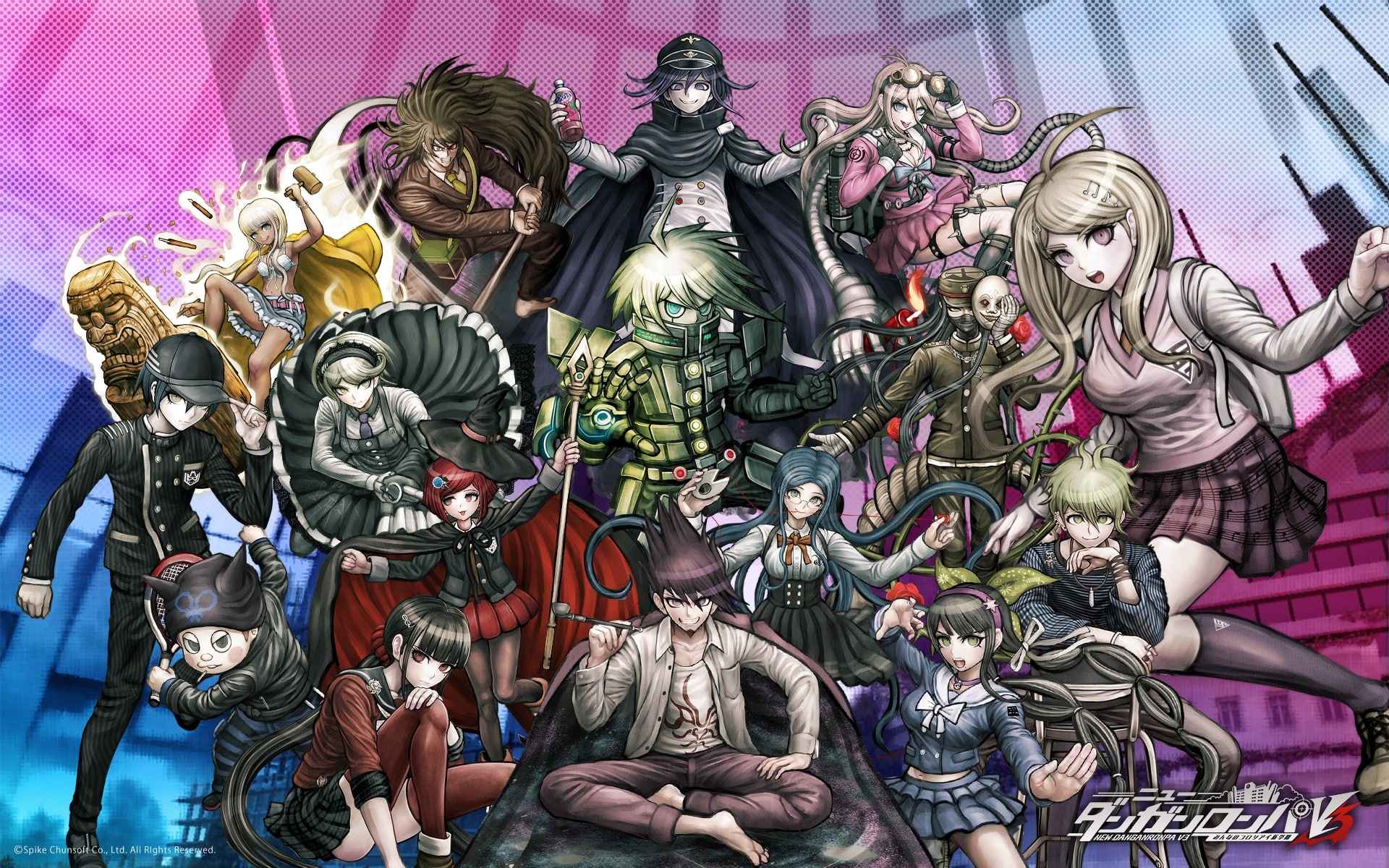
The Official art for all Danganronpa V3 Students
The game has been deemed as fun by the majority of players. In fact, we are yet to see anyone who has a seething hatred for the game. From the game’s edgy humour to the character’s interesting acts, everything about the game serves as a piece of quality entertainment.
The fanbase of the game may be a little unsettling, especially on social media platforms such as Tiktok, but with every great game comes a barrage of zealous fans. It may be tedious to go through day and night in the game, gathering clues for investigations and building up rapport with fellow students, but it all pays off when the next chapter of the game is uncovered.
Overall, the game has an in-depth design with stunning graphics and a moving plot. If visual novels are your thing, you will love this game. If not? Then give the game a try! It’s definitely worth a play, and deserves all the popularity it has gotten thus far.
You may also be interested in:
- Log in or register to post comments
 Home
Home PC Game Trailers
PC Game Trailers News
News Menu
Menu



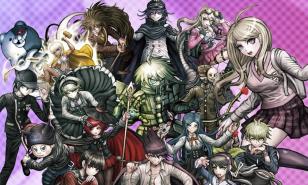
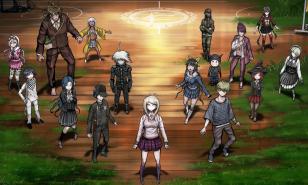
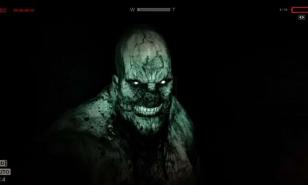
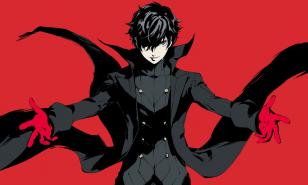
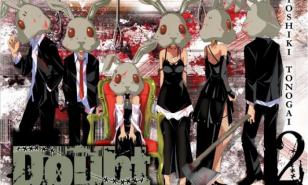
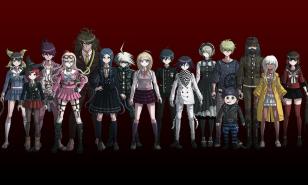
![[Top 10] Cartoons Like Gravity Falls Top !0 Cartoons Like Gravity Falls, Mystery Cartoons, Top 10 Cartoons](https://www.gamersdecide.com/sites/default/files/styles/308x185-scale-crop--more-top-stories/public/top_10_cartoons_like_gravity_falls.jpg)
